Shocking the medical world
An investigation by the US National Institutes of Health found that Mr. Masliah showed signs of dishonesty in scientific research. He used edited images and reused them in various articles. These articles all revolved around research and treatment of Alzheimer's disease, a disease Mr. Masliah has studied for decades.
Mr. Masliah was the head of the Department of Neuroscience at the National Institute on Aging, a government-sponsored research unit specializing in elderly health care. In this position, Mr. Masliah was considered an outstanding scientist in the US in the field of research on Alzheimer's and Parkinson's diseases.
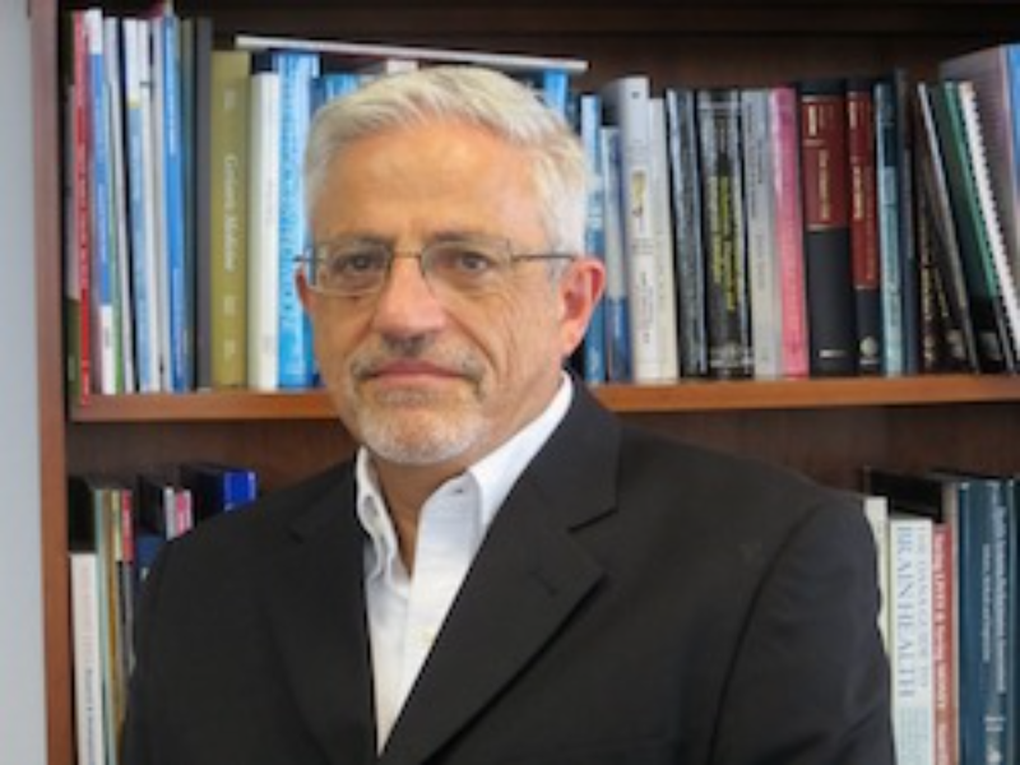
Mr. Eliezer Masliah has been investigated by US authorities in the medical field (Photo: NIA).
However, an investigation by the US National Institutes of Health has brought down the reputation of Professor Masliah. Mr. Masliah was found to have deliberately falsified data tables used in scientific studies, so the accuracy of the research results given by Mr. Masliah is confusing.
Mr. Masliah’s fraud has had a major impact on the scientific journals that published his articles. The American scientific journal Sciene has conducted an independent investigation into the articles submitted by Mr. Masliah.
"We found four articles that used doctored photos. These articles all presented information that Mr. Masliah obtained from different trials during the research and treatment of Parkinson's disease," said a representative of Science magazine.
"This incident has shocked us researchers. When I read this information, I felt dizzy as if I had just suffered a sudden fall," said Christian Haass, a neuroscientist and lecturer at Ludwig Maximilian University of Munich (Germany).
Why falsify scientific research content?
The US National Institutes of Health has now issued an official statement about Mr. Eliezer Masliah: "After the investigation, we found evidence that Mr. Eliezer Masliah committed fraud in the scientific research process.
Specifically, he falsified some content, including reusing data tables in different test results reports. This sign was found in two published scientific papers. We will send notices to two relevant scientific journals for them to verify and take appropriate actions."
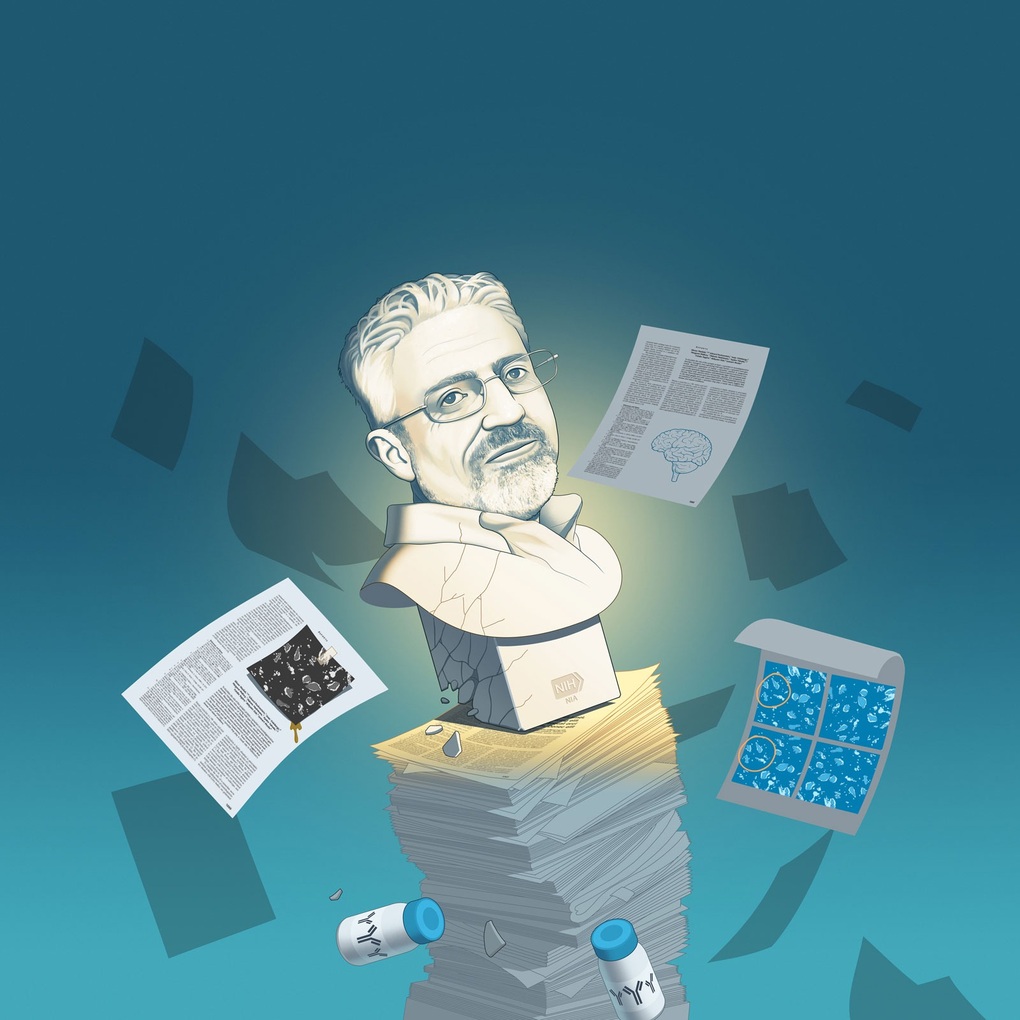
The research results presented by Mr. Masliah are causing confusion about the level of accuracy (Photo: Science).
The US National Institutes of Health has been investigating Mr. Masliah since May 2023, immediately after receiving suspicious information provided by the Office of Scientific Research Integrity. The US National Institutes of Health officially ended the investigation of Mr. Masliah on September 15 and will send the investigation report to relevant parties.
An independent investigation by the journal Science, which included neuroscientists and information security experts, came to an even more shocking conclusion: more than 100 of Mr. Masliah’s articles published over the past two decades showed signs of using altered images, which did not guarantee authenticity.
Mr. Masliah, a lecturer at the University of California San Diego (USA), was appointed to a new position at the US National Institute on Aging in 2016, after the US government decided to increase the budget for research on how to treat Alzheimer's disease.
The Department of Neuroscience, headed by Mr. Masliah, has received research funding of up to 2.6 billion USD. Mr. Masliah has become a leading figure in the field of neuroscience research in the US and always has ideal conditions to conduct research.
His research and experiments have been presented in some 800 papers and are frequently cited in the treatment and development of drugs to treat Alzheimer's and Parkinson's diseases.
With his high position and always having ideal conditions to conduct research, Mr. Masliah has "raced" to maintain his leading position, in terms of the number of research conducted and the number of scientific articles published.
Source: https://dantri.com.vn/giao-duc/giao-su-dau-nganh-gian-lan-nghien-cuu-chan-dong-gioi-y-khoa-20241002110650901.htm


![[Photo] Students of Binh Minh Primary School enjoy the full moon festival, receiving the joys of childhood](https://vphoto.vietnam.vn/thumb/1200x675/vietnam/resource/IMAGE/2025/10/3/8cf8abef22fe4471be400a818912cb85)


![[Infographic] Notable numbers after 3 months of "reorganizing the country"](https://vphoto.vietnam.vn/thumb/1200x675/vietnam/resource/IMAGE/2025/10/4/ce8bb72c722348e09e942d04f0dd9729)






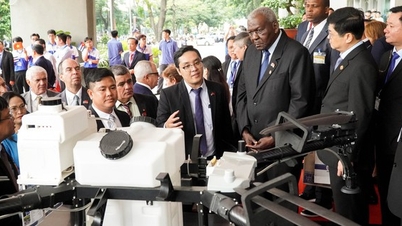










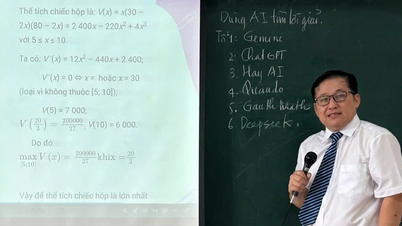


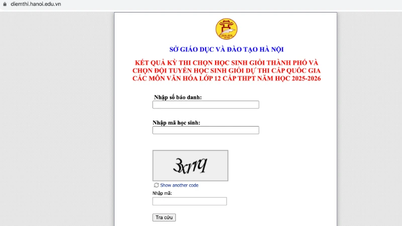












![[Photo] Prime Minister Pham Minh Chinh chairs meeting to deploy overcoming consequences of storm No. 10](https://vphoto.vietnam.vn/thumb/1200x675/vietnam/resource/IMAGE/2025/10/3/544f420dcc844463898fcbef46247d16)


































































Comment (0)